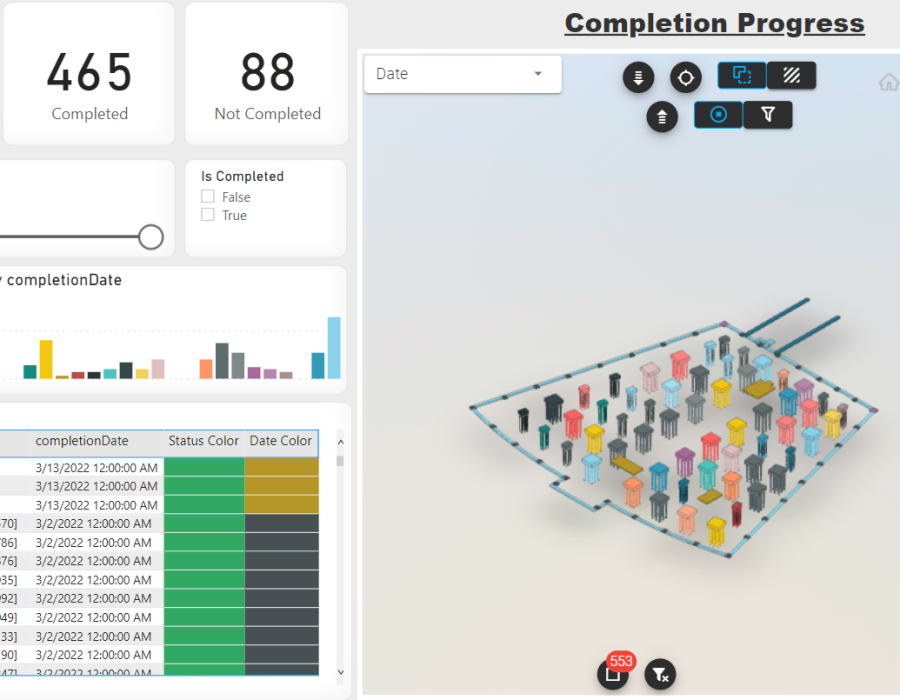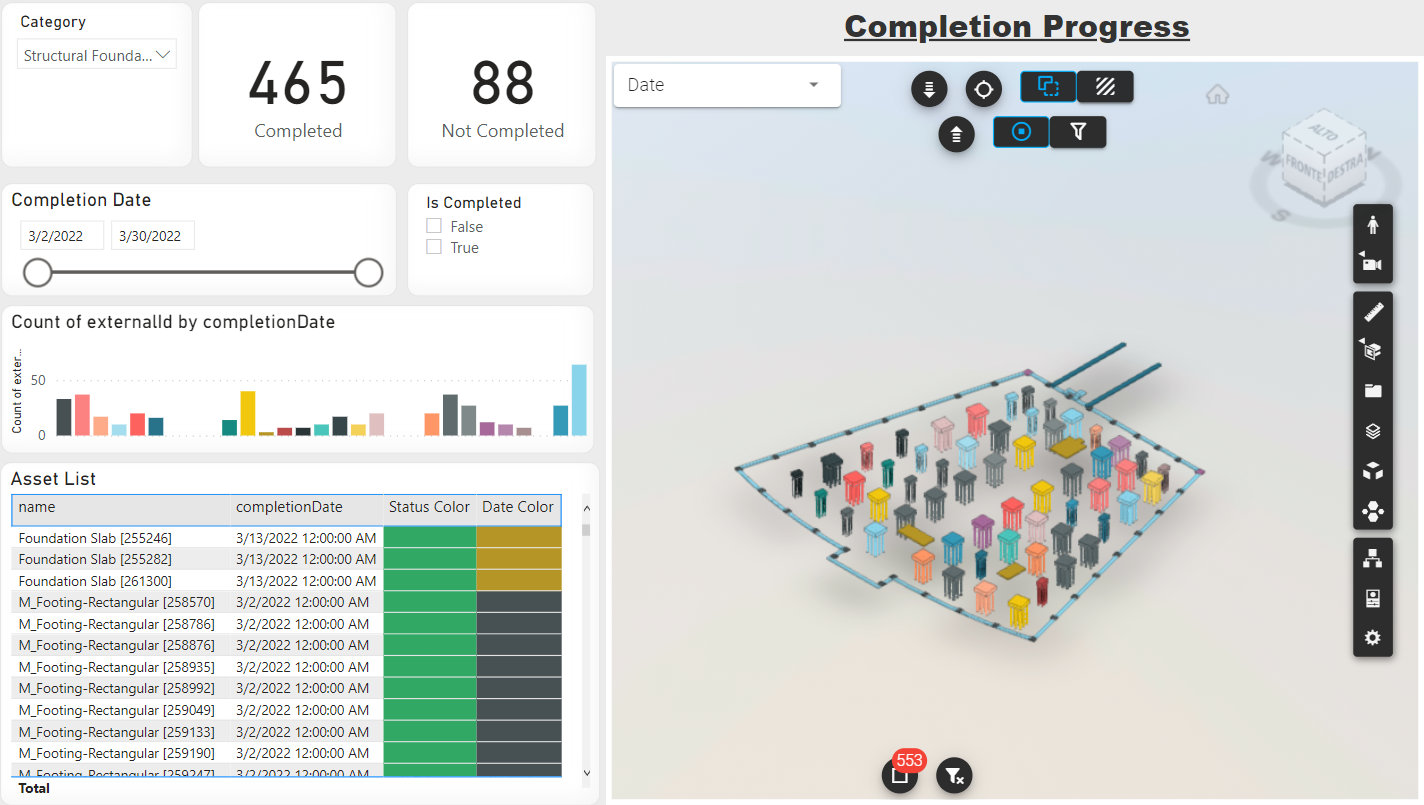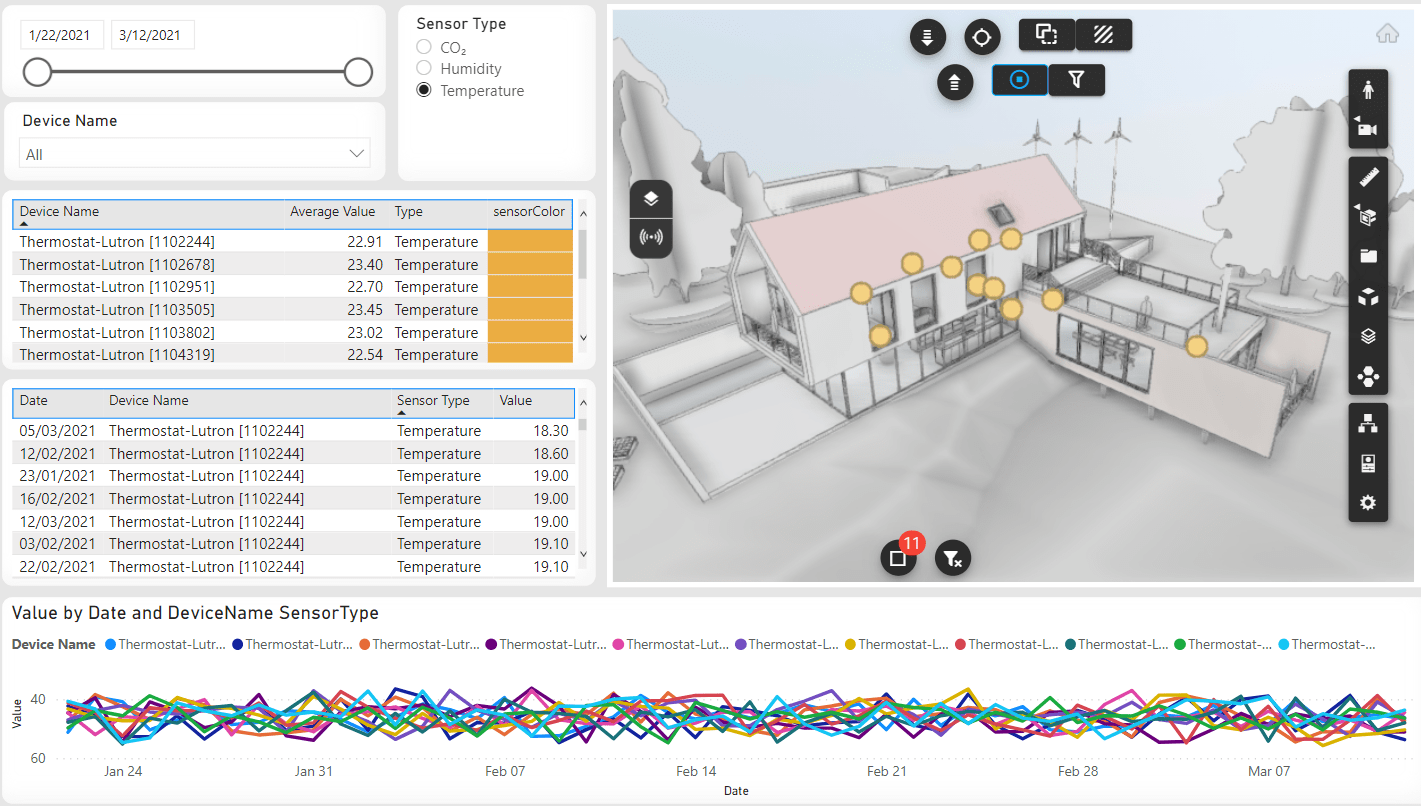Introduction: In the ever-evolving landscape of healthcare, the demand for actionable insights to enhance patient care, streamline operations, and optimize resources has never been greater. Microsoft Power BI, a robust business intelligence tool, is proving to be a game-changer in the healthcare sector. This article explores the transformative impact of Power BI analytics in healthcare, showcasing how it empowers organizations to leverage data for informed decision-making, improved patient outcomes, and operational efficiency.
The Challenges in Healthcare Analytics:
Vast and Complex Data Landscape:
Healthcare organizations deal with massive volumes of data from diverse sources, including electronic health records (EHR), billing systems, and patient feedback. Analyzing this vast and complex data landscape poses challenges in deriving meaningful insights.
Need for Timely and Accurate Decision-Making:
In healthcare, decisions can be a matter of life and death. Timely access to accurate information is critical for healthcare professionals and administrators. Traditional reporting methods often fall short in providing real-time insights needed for proactive decision-making.
Power BI Analytics Revolutionizing Healthcare:
Integrated Data Management:
Power BI seamlessly integrates with various healthcare data sources, consolidating information into a unified platform. The ability to connect to EHR systems, billing records, and other relevant databases ensures a holistic view of patient care and organizational performance.
Real-Time Dashboards for Critical Insights:
Power BI's real-time dashboards enable healthcare professionals to monitor patient data, hospital workflows, and key performance indicators (KPIs) in real time. Critical insights, such as bed occupancy rates, emergency department wait times, and patient outcomes, are instantly accessible for immediate action.
Patient-Centric Analytics:
Power BI allows healthcare organizations to adopt a patient-centric approach by analyzing patient data to personalize treatment plans and improve outcomes. Visualizations of patient journeys, readmission rates, and treatment effectiveness enable a data-driven focus on patient care.
Operational Efficiency and Resource Optimization:
Power BI analytics enable administrators to optimize resource allocation, streamline workflows, and identify areas for operational improvement. Predictive analytics can assist in forecasting patient admissions, optimizing staff schedules, and managing inventory effectively.
Use Cases in Healthcare Analytics with Power BI:
Population Health Management:
Power BI facilitates the analysis of population health data, helping healthcare providers identify at-risk populations, track health trends, and implement preventive care strategies.
Financial Performance Monitoring:
Healthcare organizations leverage Power BI to monitor financial performance, track revenue cycles, and analyze billing data for efficient revenue management.
Quality and Compliance Reporting:
Power BI supports healthcare organizations in tracking and reporting on quality metrics and compliance with regulatory standards. Visualizations aid in identifying areas for improvement and ensuring adherence to industry guidelines.
Data Security and Compliance:
Secure and Compliant Solutions:
Power BI ensures robust security measures to protect sensitive healthcare data, including role-based access control and encryption. Compliance with healthcare regulations such as HIPAA is integral to safeguarding patient confidentiality.
Audit Trails and Data Governance:
Power BI provides audit trails and data governance features, allowing healthcare organizations to track data access, changes, and maintain data integrity.
Future Trends and Opportunities:
Artificial Intelligence Integration:
The integration of Power BI with artificial intelligence (AI) capabilities holds promise for predictive analytics, diagnostic insights, and personalized medicine in healthcare.
Patient Engagement Analytics:
Analyzing patient engagement data through Power BI can lead to more effective patient communication, improved patient outcomes, and enhanced patient satisfaction.
Conclusion: As healthcare organizations navigate the complexities of an industry in constant evolution, Power BI analytics emerges as a catalyst for positive change. By harnessing the power of data, healthcare professionals can make more informed decisions, enhance patient care, and streamline operations. Power BI's flexibility, real-time capabilities, and integration with diverse data sources position it as a cornerstone in the digital transformation of healthcare. As the industry continues to embrace data-driven strategies, the impact of Power BI analytics on healthcare is poised to be transformative, ushering in a new era of efficiency, innovation, and improved patient outcomes.
Find out more today, visit our site: -
Business Intelligence Australia







Comments